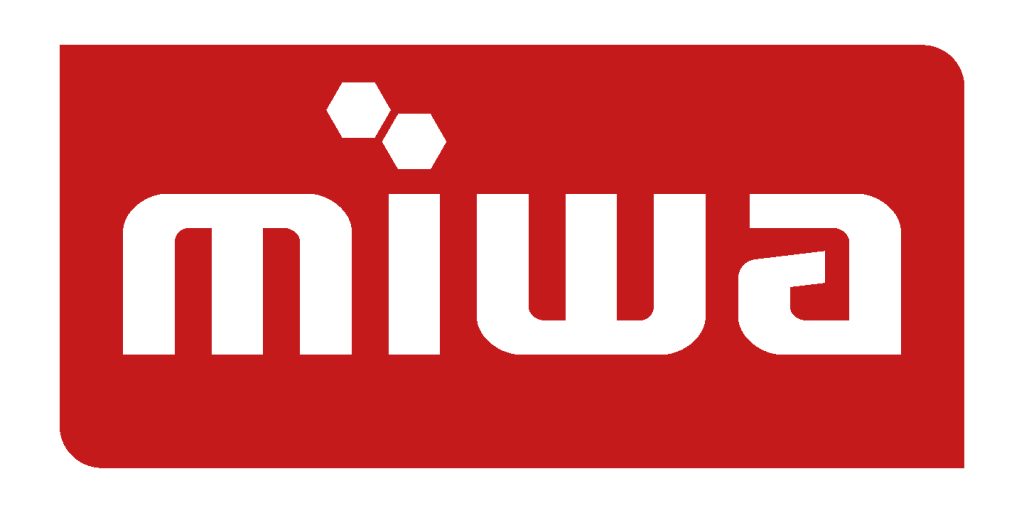Urgent focus on education as SA gears up for EV evolution

E-mobility is a global topic that is becoming increasingly important. Over 14 million e-vehicles were sold worldwide in 2023, 35 per cent more than in the previous year.
TEPA participates in career awareness day to empower Deaf learners

On the heels of Nelson Mandela International Day, a day dedicated to service and social justice, Tshiamo Keone, an organisation that specialises in career awareness development for people with special needs, held a Career Awareness Day for Deaf learners on Friday, July 19th 2024…
Keep an eye out for the August issue of Automobil
In this month’s edition of Automobil we focus on Training and bring you the latest developments regarding a groundbreaking collaboration between the Handwerkskammer Erfurt (HWK), the RMI…
PAIA Annual Report deadline extended to Friday 12 July 2024

Please note that the deadline for the submission of PAIA Reports for the 2023-2024 financial year has been extended to Friday, 12 July 2024.
Battery hassles during the Winter months

Battery issues are a common complaint from car owners during the Winter months. Dewald Ranft, Chairman of the Motor Industry Workshop Association (MIWA), a proud association of RMI…
More disclosure across the entire value chain

The Retail Motor Industry Organisation (RMI) applaud the proactive stance being taken by the National Consumer Commission (NCC) to protect consumer rights.
RMI MISA SAF Booklet

RMI, the Retail Motor Industry Organisation, negotiated the Sick, Accident and Maternity Pay Fund Agreement with MISA, the Motor Industry Staff Association, to ensure that MISA members enjoy even more cover…
Retail Motor Industry congratulates new cabinet appointments

Ipeleng Mabusela warmly congratulates the newly appointed cabinet of ministers and deputy ministers, specifically those in the Departments of Transport, Employment and Labour, Education, Trade, Industry and Competition and Finance.
Members remain our most important asset

As we enter our new financial year I am reminded of the words of John Quincy Adams, the sixth president of the United States, who said, “If your actions inspire others to dream more, learn more, do more, and become more, you are a leader.”
The RMI’s new national offices in Midrand, Gauteng

We are excited to announce that our office will be relocating to a new location on Monday 8 July. The new offices will continue to be the hub from where value-added services will be provided…
